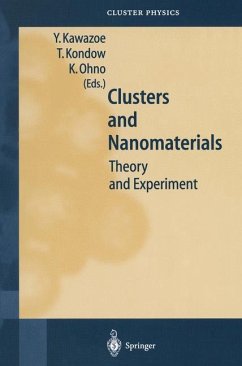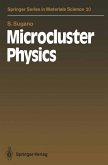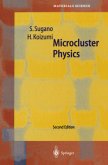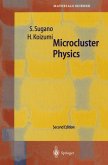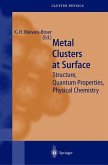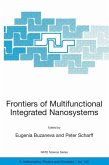The field of cluster science is currently attracting considerable interest, not only from a fundamental standpoint, but also through its future applications to electronic, optical, magnetic, and other devices. Synthesizing specific clus ters as a unit of useful nanostructures or controlling them as an assembly of nanocomposites is one of the ultimate purposes in this field. In order to understand how to synthesize individual clusters and t_o investigate physical properties, chemical reactions, structural stability, response to external fields, aggregation, phase transition, and other aspects of clusters, a great deal of effort has gone into experiment, theory and computer simulation in this area. This is presumably motivated by the fact that a high level of collaboration between theoretical and experimental researchers is particularly important for progress in the field of cluster science. The present book aims to collect together recent advances in this rapidly growing field. The authors are all active researchers, collaborating both ex perimentally and theoretically in this field, and most of them have regularly participated in the IMR Workshop, held for three years starting from 1998 at the Institute for Materials Research in Tohoku University. This book is suitable for both theoretical and experimental researchers and also for re searchers and graduate students working in related subjects, who wish to overview recent advances in the field.
From the reviews of the first edition: "The book starts with a brief introduction written by the editors. They outlined important contributions of cluster science to basic science and the role of cluster science in applications, the crucial role of cluster in the progress of nanotechnology. The book consists of four parts: 'Metallic Clusters', 'Organic Molecules', 'Fullerenes and Nanotubes', 'Theory and Computer Simulation'. ... This book will be useful for researchers and graduated students working in the field of cluster science and in related subjects." (K. M. Salikhov, Applied Magnetic Resonance, Vol. 24 (2), 2003) "The editors of this book have an outstanding track record in the fields of cluster and nanoparticle physics. Their insight into the field can be gleaned from the very well written introductory chapter, which briefly outlines the relevance and importance of each the subsequent chapters. ... it is the theoretical chapters that make this book valuable, giving examples of a wide range of modern numerical modelling approaches. ... should find a place in the library of someone interested in the simulation of nanostructures." (John Dell, The Physicist, Vol. 39 (3), 2002)

